Today i am sharing an article about how a 3 wire RTD eliminates/reduces the lead wire resistance when compared with 2 wire RTD. Also, we will discuss impact of the ambient temperature on RTD measurement.
The following question gives us the clarity about 3 wire RTD and the impact of ambient temperature on RTD temperature measurement.
A Wheatstone bridge, with fixed resistors R1, R2 and R3, of 100 Ω and supplied from a 10 V battery, is used to measure a temperature of 100 °C with a platinum resistance RT, that has a resistance of 139.1 Ω at 100 °C .
The thermometer is connected to the bridge with lead wires that have a resistance Rlead of 10 Ω at 20 °C and the thermometer is correctly calibrated for an ambient temperature of 20 °C.
Assume that the lead resistance changes to 11 Ω when the ambient temperature rises to 30 °C.
Calculate the temperature error introduced at an ambient temperature of 30 °C, when using
a) the two wire method and
b) the three wire method.
We know about RTD Resistance (RT) and bridge resistors values. Calculate I1, I2 and then bridge voltage. The bridge voltage will be used to find-out the equivalent temperature. So measure the bridge voltage for same scenarios with 2 wire & 3 wire RTD at different ambient temperatures and compare them.
2 Wire RTD
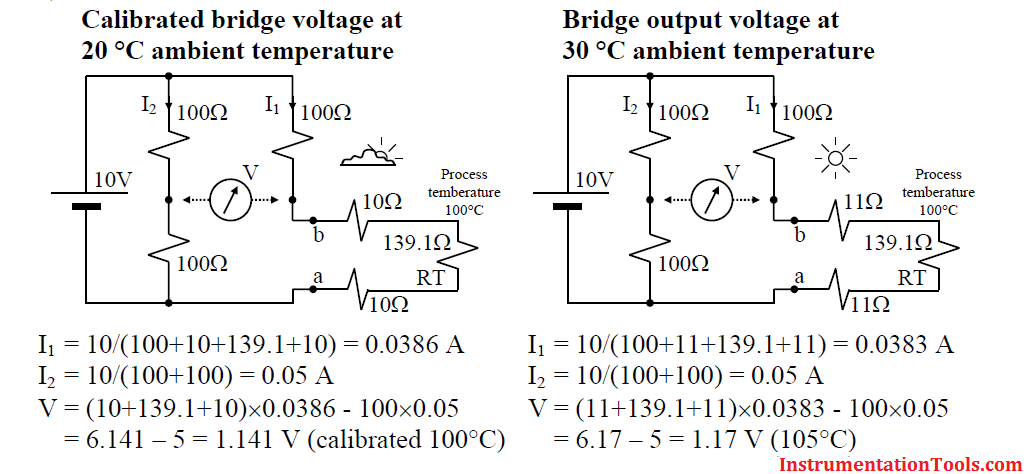 Therefore, if the bridge was correctly calibrated for an ambient temperature of 20°C, an error of 0.029 V will occur when the ambient temperature rises to 30 °C.
Therefore, if the bridge was correctly calibrated for an ambient temperature of 20°C, an error of 0.029 V will occur when the ambient temperature rises to 30 °C.
So instead of reading 100 °C, it would measure approximately 105 °C, an error of 5 °C or 5%.
3 Wire RTD
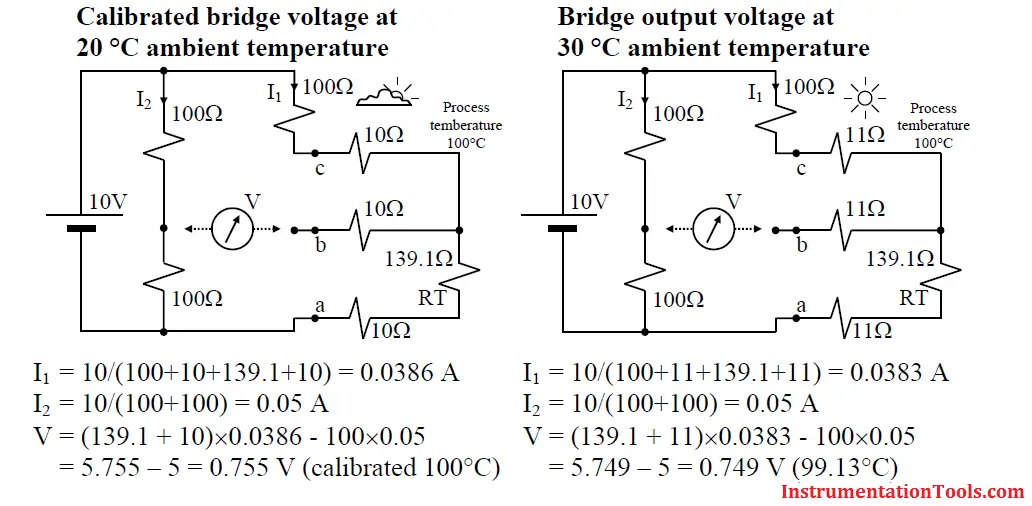 Therefore, measuring with the three wire method, an error of only 0.006 V will occur. If the thermometer (RTD) was correctly calibrated to read 100 °C at an ambient temperature of 20 °C, then if the ambient temperature rises to 30 °C, the reading of 0.749 V would correspond to a value of 138.76 Ω for RT with no rise in ambient temperature, or in terms of temperature, 99.13 °C, an error of 0.87 °C or 0.87%. This is clearly a remarkable improvement over the two wire method.
Therefore, measuring with the three wire method, an error of only 0.006 V will occur. If the thermometer (RTD) was correctly calibrated to read 100 °C at an ambient temperature of 20 °C, then if the ambient temperature rises to 30 °C, the reading of 0.749 V would correspond to a value of 138.76 Ω for RT with no rise in ambient temperature, or in terms of temperature, 99.13 °C, an error of 0.87 °C or 0.87%. This is clearly a remarkable improvement over the two wire method.
So generally we prefer 3 wire RTD instead of 2 wire. We use 4 wire RTD for more accurate temperature measurements (rarely used).
Also Read: How a 4 Wire RTD Works ?
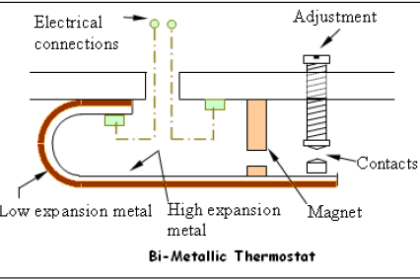
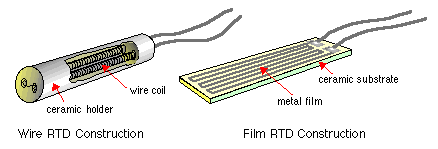
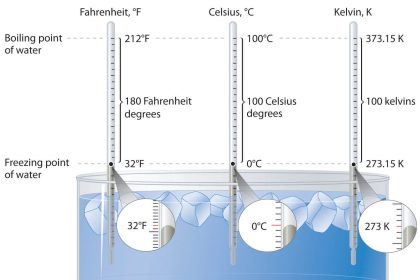


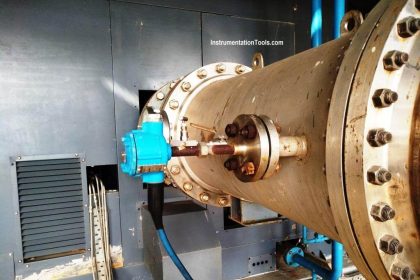
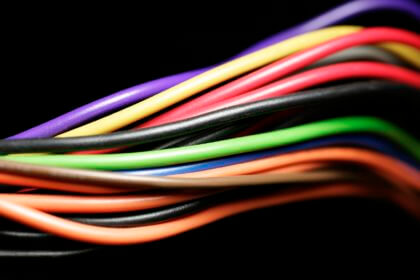
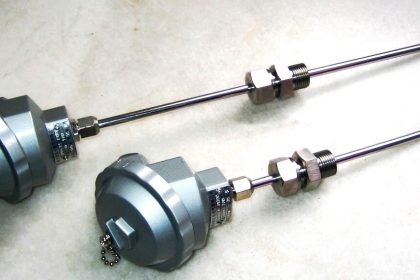
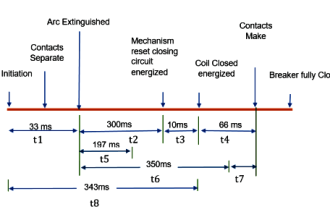

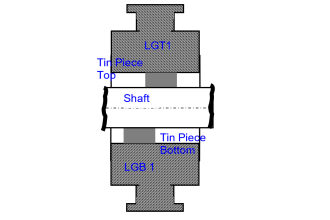

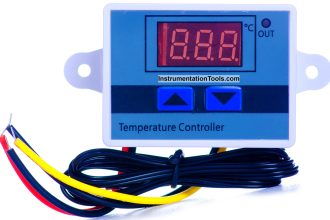
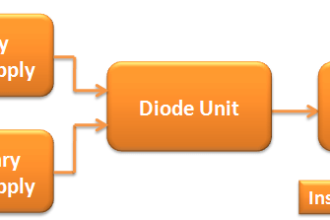

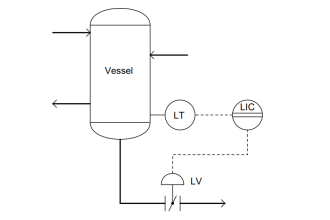

Pl include save as PDF option also as it was previously.
Hello,
very useful inf. thanks,
Is it possible to download as pdf file?
I am planning for pdf download option. soon it can be available. Thanks
Hi Bharadwaj,
Can you pls clarify me, in above 2 wire method example, how 1.17V equal to 105deg C of RTD ohms value..? Also in 3 wire method how 0.748V equal to 99.13 degC and how 0.749 V would correspond to a value of 138.76 Ω for RT. Thanks..